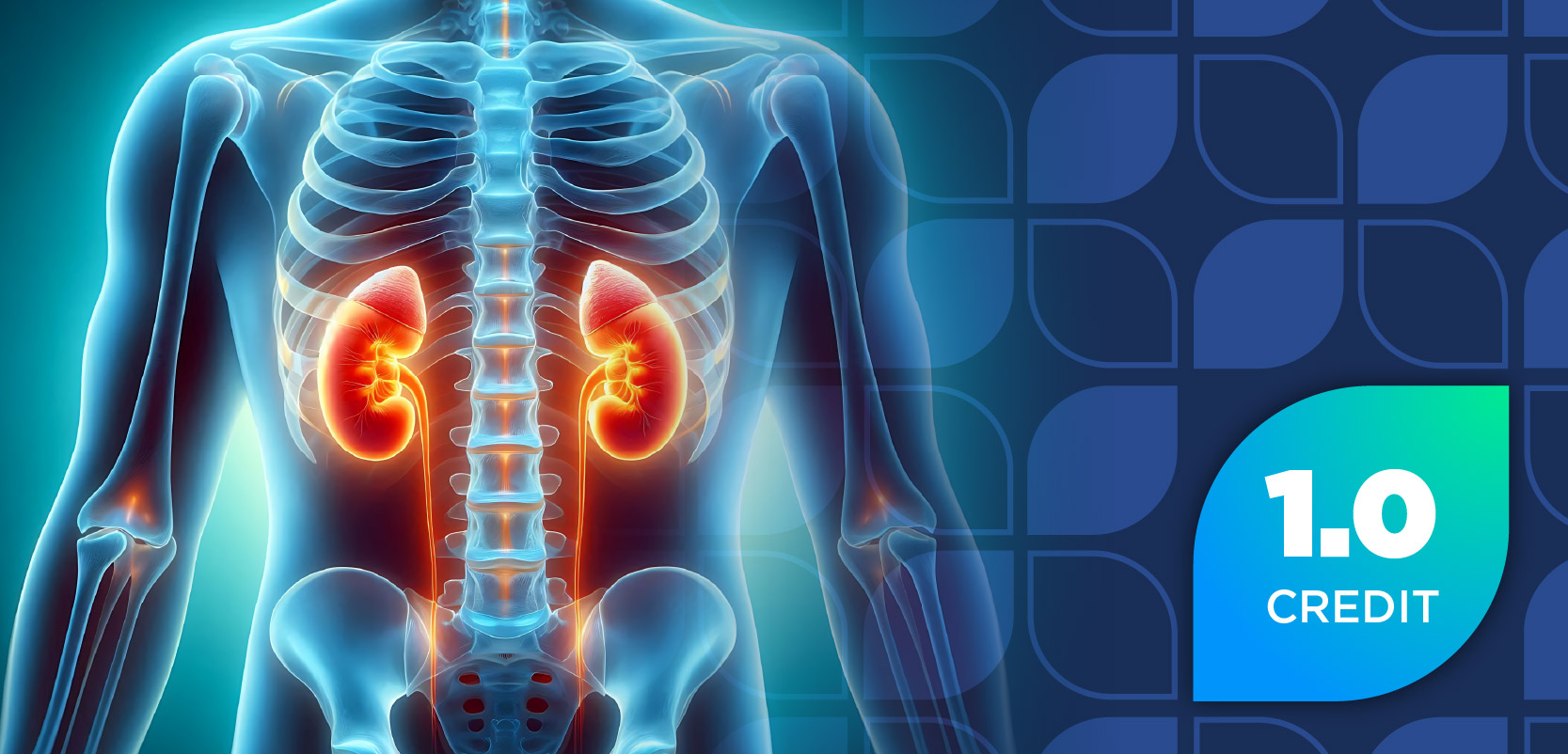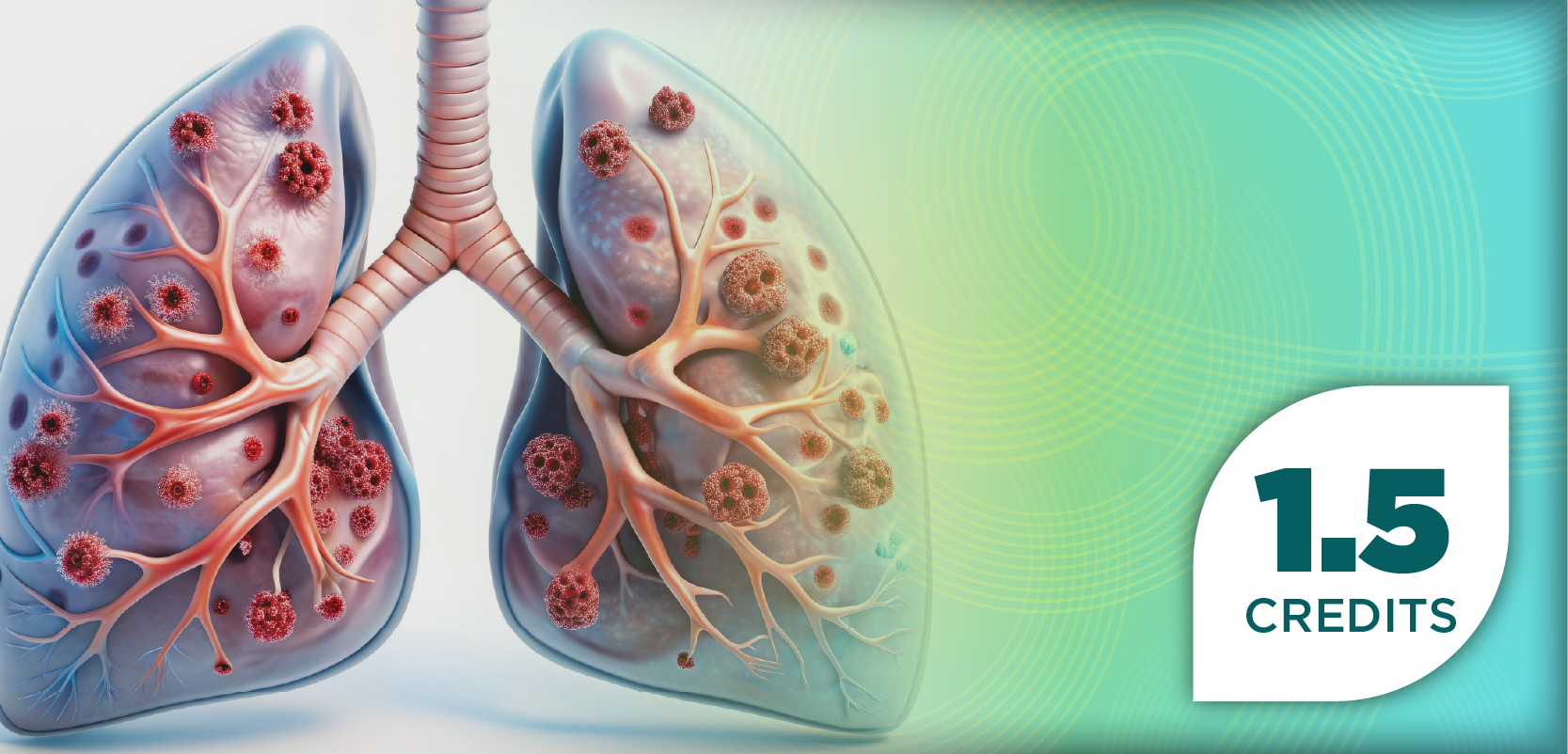
Formulation Considerations for Tardive Dyskinesia Therapy
Panelists discuss how extended-release VMAT2 inhibitor formulations improve adherence and tolerability through once-daily dosing and easier administration options, while emphasizing the importance of tailoring treatment to patient needs and the promise of emerging therapies in the pipeline.
Episodes in this series

Extended-release (XR) formulations of VMAT2 inhibitors offer important advantages over immediate-release versions, particularly in improving medication adherence and patient convenience. Earlier formulations often required dosing multiple times a day and had to be taken with food, which could complicate adherence and lifestyle. The development of XR formulations allows for once-daily dosing, reducing peak and trough fluctuations in drug levels, which may improve tolerability. Additionally, the XR version does not require administration with food, further simplifying the regimen. These factors combined help establish a consistent daily routine, making it easier for patients to maintain adherence and improve overall treatment outcomes.
Beyond dosing frequency, advances in formulation have also addressed other patient-centered needs. For example, some VMAT2 inhibitors now offer sprinkle capsules, which can be especially helpful for individuals who have difficulty swallowing pills. This provides greater flexibility and accessibility for diverse patient populations. Tailoring medication choice and formulation to individual patient needs—including considerations like swallowing ability, adverse effect profiles, and lifestyle—helps optimize therapy. Such personalization aims to balance efficacy and tolerability while supporting the patient’s adherence to treatment over time.
Looking ahead, although there are few immediate breakthroughs expected, several potential new therapies for tardive dyskinesia are in early phases of clinical development. Most investigational drugs are still in preclinical or phase 1 trials, meaning they may be years away from approval if they succeed at all. Phase 3 trials represent a significant milestone, with about half of those drugs typically reaching the market. For now, patients and providers must rely on existing treatments, but ongoing research offers hope for future options that may further improve quality of life and expand therapeutic choices.
Newsletter
Stay informed on drug updates, treatment guidelines, and pharmacy practice trends—subscribe to Pharmacy Times for weekly clinical insights.
















































































































































































































